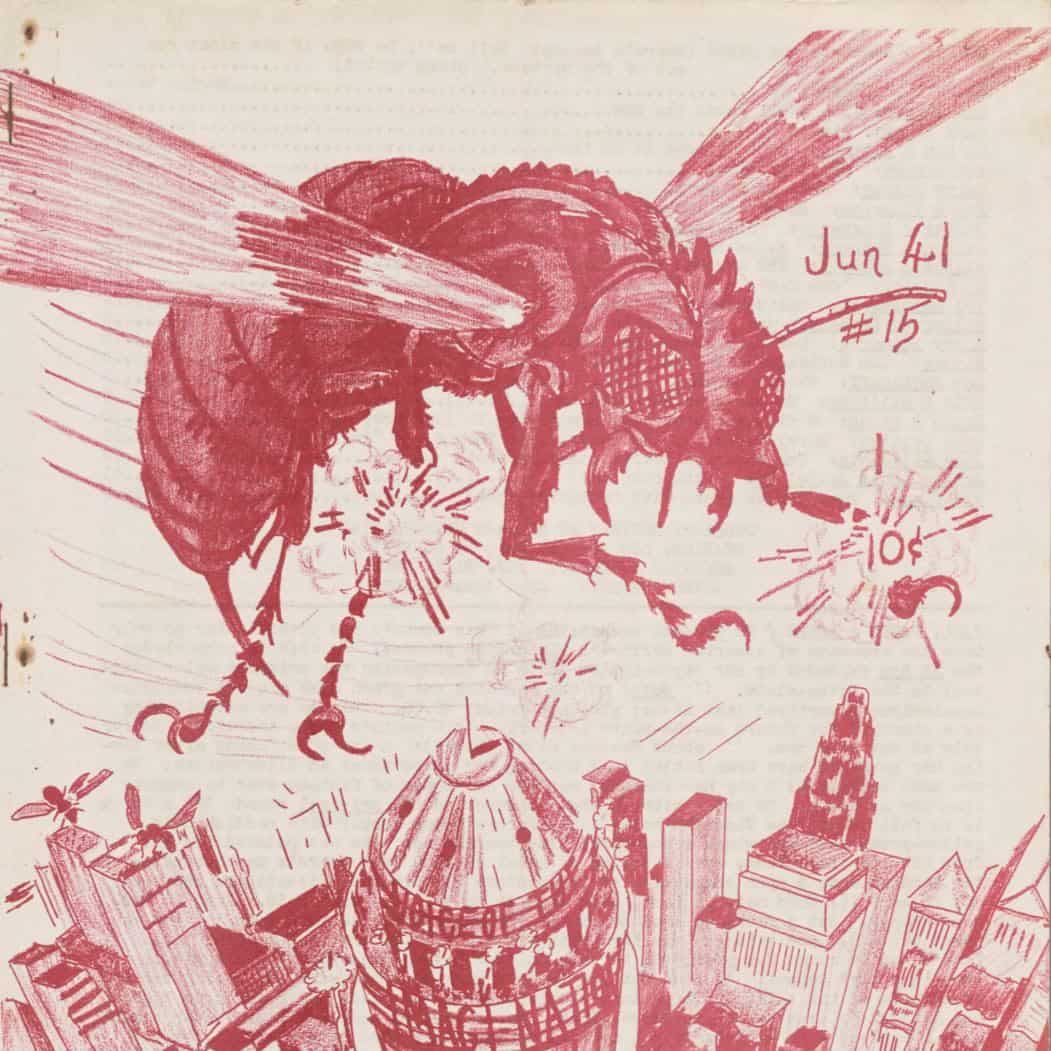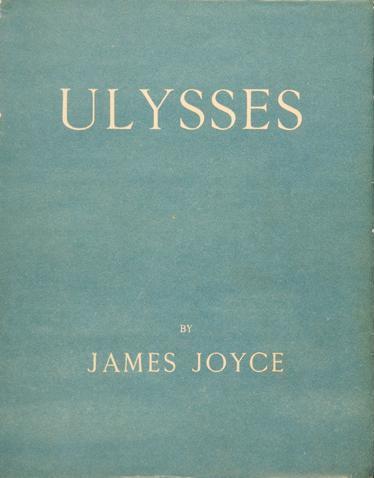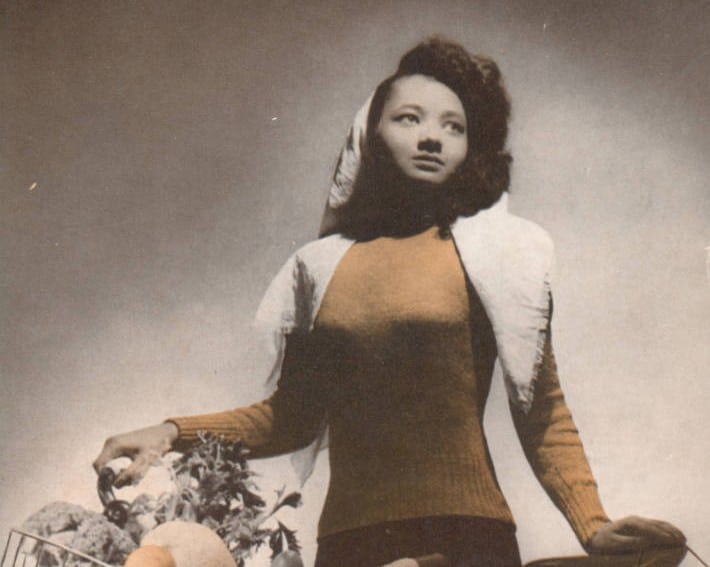The Digital Scholarship & Publishing Studio proudly shares this guest blog post from Russell Aaronson of Coral Springs High School, Coral Springs, Florida, detailing his and his students use of the Hevelin Fanzine Collection in DIY History. * * * Clicking through The University of Iowa’s DIY History Hevelin Fanzines archive sent me back toContinue reading “Fanzines, the Roots of SF, and the Dual Enrollment Classroom”
Author Archives: Tom Keegan
What Amanda Visconti and Infinite Ulysses Get about James Joyce
With Professor Amanda Visconti in town this week as part of the University of Iowa’s NEH Next Generation Humanities Ph.D. Planning Grant, I wanted to reflect on the importance of her Infinite Ulysses project for literary study in general and Joyce studies in particular. In 2015, Amanda Visconti did something that many Joyceans had often consideredContinue reading “What Amanda Visconti and Infinite Ulysses Get about James Joyce”
Women, Scholarship, & DIY History
Earlier this week, the Studio launched Scholarship@Iowa, a curated set of pages promoting scholarly archives related to historically underrepresented groups. To introduce that initiative I wrote a blog post touting the merits of these archives and their ability to help us see ourselves as a part of longstanding tradition of excellence and discovery at theContinue reading “Women, Scholarship, & DIY History”
Scholarship@Iowa: celebrating diversity in the archives
We in the Digital Scholarship & Publishing Studio are reminded – daily – of the incredible digitized material held in our archives. Letters, dissertations, scrapbooks, newspapers, photographs spanning hundreds of years can be found in places like the Iowa Digital Library and Iowa Research Online. These collections and this scholarship remind us of who has passed throughContinue reading “Scholarship@Iowa: celebrating diversity in the archives”


